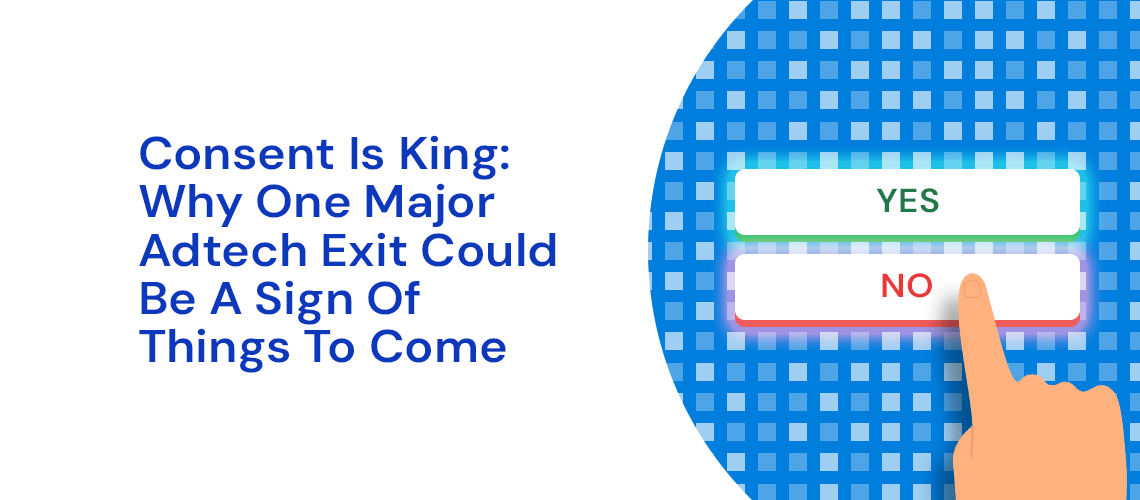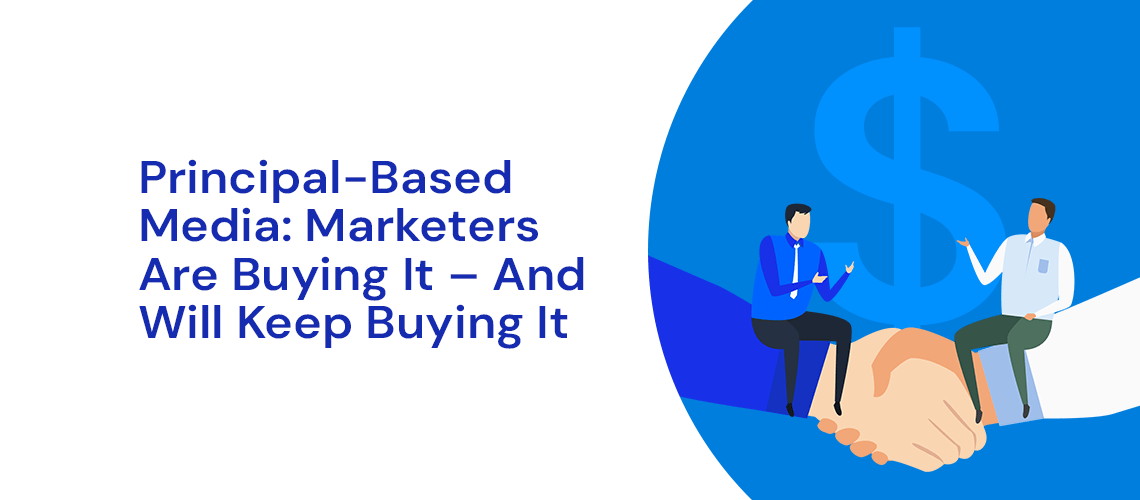
The Everything is an Ad Network Movement is on Fire
June 14, 2024
Consent is King: Why One Major Adtech Exit Could Be A Sign of Things To Come
August 7, 2024
The ANA’s dive into principal-based media is timely. The report comes eight years after the Association’s transparency paper, which caused one or two ripples at ad holding companies and kept the trade press busy. There was even a Justice Department investigation which ultimately went nowhere. This year’s report is more measured in tone – but again urges marketers to wise-up.
These are my principles...

There are lots of different ways to do it, but principal media is essentially an agency-owned company buying media and selling it to the client brand for a mark-up, AKA arbitrage.
The client brand has to opt-in to say they agree to that approach for some (or sometimes all) of their media spend. In return, the agency may reduce or waive its service fees - for doing the buying, adding the data, targeting specific customer cohorts etc.
The marketer hits the number of people they need to hit and the agency makes enough money to service the account - and increasingly for holding companies, subsidize the other parts of the business that are under increasing pressure, i.e. creative agencies.
Often, because the agency - or more usually, a division within a holding company - owns the inventory outright, it can extend payment terms, because it doesn't have the pressure to pay the media owner within a set time frame. Sometimes they may not have to pay the media owner at all, if it is bartered or inventory acquired by other means.
So the promise of principal media models is cheaper rates on media than client brands could get themselves and extended payment periods - which keeps procurement departments happy.
Cause meets effect
At large advertisers, media rates are now largely driven by procurement teams, with constant downward pressure on so-called 'non-working media', i.e. fees wrapping in account service, data, research, strategy, etc. Hence the use of principal-based media is on the rise. It allows procurement to claim a win on rates, while enabling marketers facing budget curs and pricing pressure to access the essential services they need from agencies to achieve growth targets.
There are valid arguments that principal-based trading is by nature conflicted because it favors inventory that will make the agency or holding company the best returns. Under principal contracts the marketer usually has limited audit rights on where its money is being spent and no transparency on the mark-up being made.
There is also logic to the argument that it is highly unlikely that media vendors - including TV networks, walled gardens, and the open web - will sell their best inventory at knock-down rates via bulk deals.
As Manuel Reyes, founder of media auditor Cortex Media, notes in the report:
"While these transactions may appear to offer short-term savings, no rational media vendor is going to lose money overall so that agencies can make more. For this to work, it must be a win-win for vendors and agencies. If both make more money, who pays? Also, what is the effect of inventory buying in overall market pricing? Is this model partly responsible for some of the media inflation we have experienced recently? I'm unsure about this last point, but it makes me pause."
Reyes also questions whether agency groups are actually paying for media upfront rather than just adding a mark-up as and when they trade.
“There may be opportunities where a vendor sacrifices pricing for higher volumes or can offer a good deal if the media is prepaid. The reality is that agencies don’t have the working capital to prepay more than a small percentage of these buys, and the inventory is mostly purchased and paid for only when it’s sold to a client. There are some opportunities worth considering in the short term, but advertisers also need to consider the long-term impact (i.e., the possibility of increased pricing),” he suggests.
Meanwhile the ANA notes knock-on effects of principal-based contracts around loss of access to first party data and, because marketers often don't know where their ads are being placed - with access only to aggregate data - the inability to gauge what's working and what is not through market-mix models and the like.
Given the importance of first party data in a post-cookie world (if we ever get there) and the pressure on marketers to deliver both greater efficiency and effectiveness, those are potentially significant downsides.
But ultimately, nobody is forcing marketers into these contracts.
Supply and demand

"We can argue about the pros and cons but collectively [marketers] are saying that they kind of accept, if not sometimes prefer, that model," according to Madison and Wall analyst and one-time WPP global business intelligence lead Brian Wieser, who is also quoted in the ANA’s report.
Wieser has also pointed out that the holding companies that are most aggressively pursuing principal-based trading models – notably Publicis and Omnicom – also have both the most bullish growth forecasts for 2024, and are currently reporting the highest top line growth rates. That is putting pressure on other holding companies to follow suit.
Eyes wide open?
The ANA's argument is that too few marketers are going into these arrangements with their eyes wide open. Its research, based on a survey of marketers, suggests about half of the market doesn't really know enough about the principal-based model. While 48% of marketers said they were 'very familiar' with principal-based media, 39% said they were 'somewhat familiar' and 13% said they were 'not familiar'. According to the ANA, "the overall lack of knowledge is concerning". Plus, auditors suggest that marketers are not always aware that they have signed up to principal-based trading models - which suggests a lack of due diligence on contract fine print.
Either way, the survey found that few marketers - 15% - are planning to reduce their use of principal-based media. 50% said they would keep it at the same level, 24% said they plan to increase it.
Which suggests the principal-based model is not going away any time soon. If marketers don't like it thy will probably need to pay agencies more for their services.
